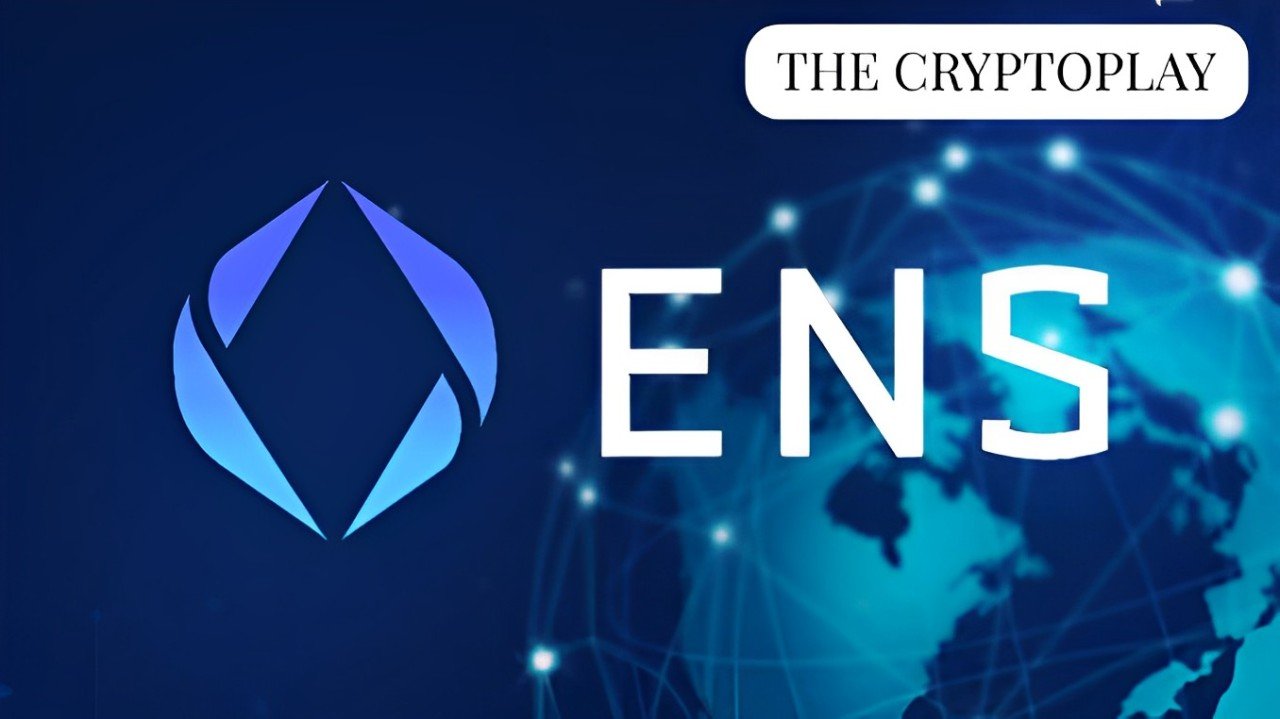Ethereum, the second-largest cryptocurrency by market cap, has been experiencing a rise in network activity and adoption, fueling predictions of substantial price increases in the years ahead.
Matthew Sigel, VanEck’s head of digital asset research, projects that Ethereum could generate up to $66 billion in annual free cash flow by 2030. Sigel notes Ethereum processed $4 trillion in settlements and $5 trillion in stablecoin transfers over the past year. “This is far bigger than PayPal and is starting to rival networks like Visa,” he said during a recent panel discussion.
Based on these projections, Sigel suggests ETH could reach $22,000 by the decade’s end, a significant jump from its current price of $2,300.
David Kroger, a data scientist at StoneX, offers a more modest yet optimistic forecast, projecting ETH could hit $4,600 in the next 18 months and potentially climb to $12,621.
These projections are backed by key metrics reflecting strong network demand. On September 1, Ethereum’s daily gas usage hit a record 109 billion, even with low gas prices, signaling continued demand for the network.
Ethereum’s stablecoin on-chain volume also set a record of $1.46 trillion, more than doubling from $650 billion earlier this year. DAI led the stablecoin market with $960 billion in volume, while USDT and USDC remain dominant.
This surge in stablecoin volume is largely due to rising demand in decentralized finance (DeFi) and increased interest from traditional finance institutions.
Layer 2 solutions, including platforms like Arbitrum, Base, Optimism, and Mantle, are crucial in enhancing Ethereum’s scalability and adoption, contributing to its long-term growth potential.
However, Ethereum has faced challenges, including a revenue dip after the March Dencun upgrade reduced transaction fees by 95%. Despite this, Sigel remains optimistic about Ethereum’s recovery potential. “Ethereum still has mechanisms to recover value,” he said, looking ahead to the year’s second half.
As Ethereum enters the final quarter of 2024—a historically active period for crypto markets—analysts and investors will closely monitor funding rates, which have been low at 0.002 to 0.005. Some believe that a rise above 0.015 could signal the start of a new rally.





